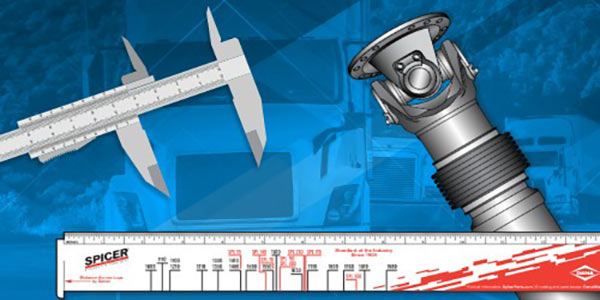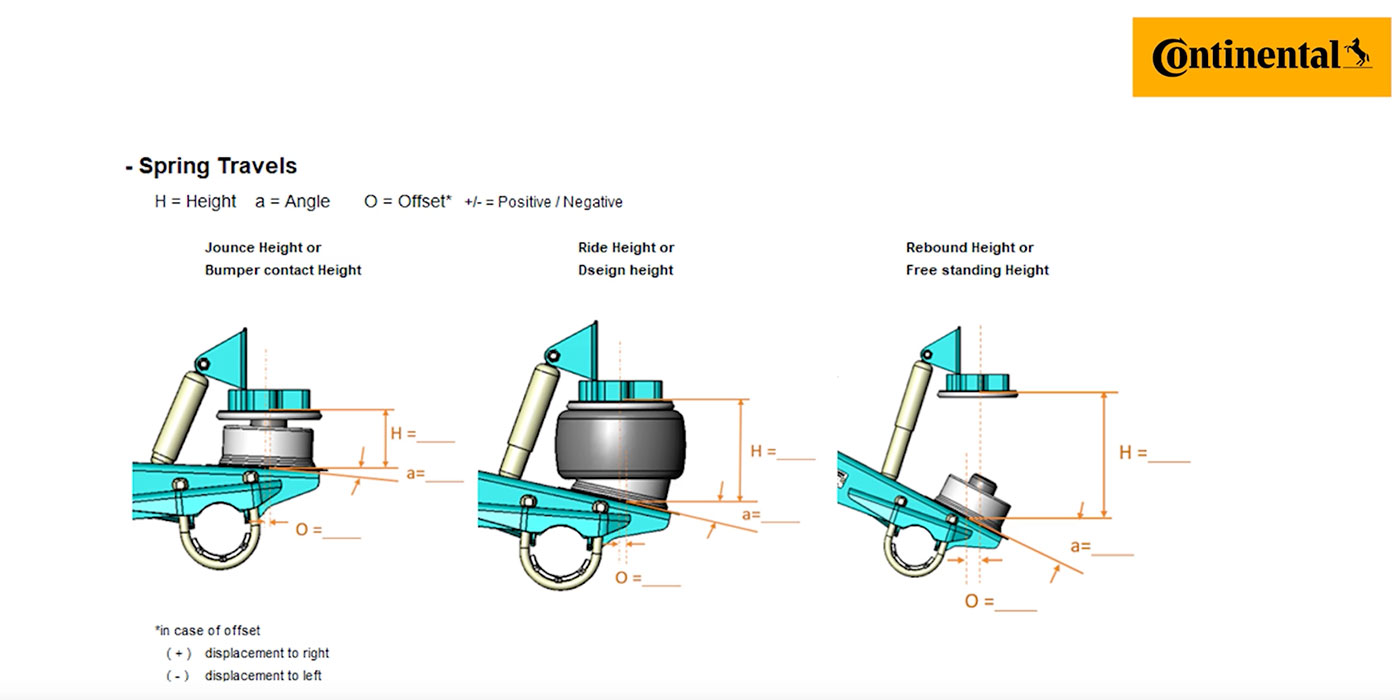Proper wheel-end maintenance is paramount in truck safety. Wheel bearings require attention increase vehicle uptime, and help you lower truck service labor costs.
Consider Pre-Adjusted Commercial Vehicle Wheel-End Kits from Bower Bearings, which consist of two tapered roller bearings with matched outer races and a heavy-duty cone spacer and are manufactured to achieve extremely tight front face stand height tolerances.
The bearings and races included in this kit are high precision which allows for proper endplay setting for the lifetime of the spacer setup without the need for manual adjustment.
When it comes to the spacer kits, there are some tricks of the trade to keep in mind for a successful installation process which we’ll cover next.
1: Ensure that the small end of the spacer faces the outboard side of the wheel hub.
2: Always use high precision bearings for a spacer setup, which are included with the NTN-Bower spacer kit. Do not use standard bearings for this setup.
3: Remember, Spacer is not a crush sleeve. Its width should not change during normal installation/operation.
4: The RP618 wheel adjustment procedure does not apply to spacer setups & generally, it is not recommended to reuse spacers.
5: The nut’s purpose in a spacer setup is to retain the wheel end and nut torque does not set endplay for a spacer setup. Instead, the endplay is controlled by the tightly machined tolerances of the bearings and the spacer.
When it comes to a conventional double nut system, here are some proper installation tips for spacers:
1: Mount the wheel hub assembly onto the axle spindle while holding the outer bearing in place to ensure it doesn’t move.
2: Install the inner nut onto the spindle. Torque inner nut to 300 ft-lbs while rotating the hub, but remember not to back off the inner nut.
3: Install locking devices. If the locking device cannot engage, attempt to remove and flip the locking device. If it still does not engage, then advance the inner nut until the locking device engages.
4: Install the outer nut onto the spindle. Torque outer nut to 200 ft-lbs & do not back off the outer nut.
5: Install the hubcap and lubricate the hub per manufacturer’s specifications.
With a single nut system, proper installation tips for a spacer include:
1: Mounting the wheel hub assembly onto the axle spindle while holding the outer bearing in place.
2: Install nut onto the spindle. Torque nut to a minimum of 250 ft-lbs while rotating the hub. And again, remember not to back off the nut.
3: Install the locking device (if applicable). If the locking device cannot engage, then advance nut until the locking device engages.
And #4: Install the hubcap and lubricate the hub per manufacturer’s specifications.
For even more on the Bower Heavy Duty Bearings by NTN, visit PowerofBower.com.












